NASA: Lunar Glass Structures
Rendering of Lunar Glass Structure. Credit: Pierre Fieschi, Renderstorms
Imagine using one of the oldest of human materials to create the newest of human homes, extending the art of glass from the earth to the Moon.
This idea is at the heart of a project Josh has spent most of the summer of 2025 exploring for NASA.
Josh and his partner, architect Martin Bermudez, of Skyeports, LLC, were chosen from hundreds of applicants for funding in NASA's Innovative Advanced Concepts (NIAC) program, an initiative that "nurtures visionary ideas to transform the future."
Like many big ideas, this one rests on a simple reality: the Moon’s surface is covered in "lunar regolith," a fine, dusty soil that is 50-60% silica. And silica is one of the main components of glass.
So... Josh and Martin ask:
In the Moon’s vacuum and low gravity, could molten glass be blown or inflated into enclosed, high strength structures able to shield astronauts from radiation, micro-meteorites, and extreme temperature swings?
Phase 1: Mission
Discover lunar glass's melting temperature, fluidity, coefficient of expansion, optical properties, chemistry, and most important — what is needed to inflate it into a large hollow sphere?
Simpson and Bermudez will present their Phase I results at the 2025 NASA Innovative Advanced Concepts (NIAC) Symposium in Philadelphia, from September 9-11.
Learn more at nasa.gov/niac-symposium and tune in Thursday, September 11 to livestream Josh’s presentation (vimeo.com/showcase/niac-2025) at 1:30pm.

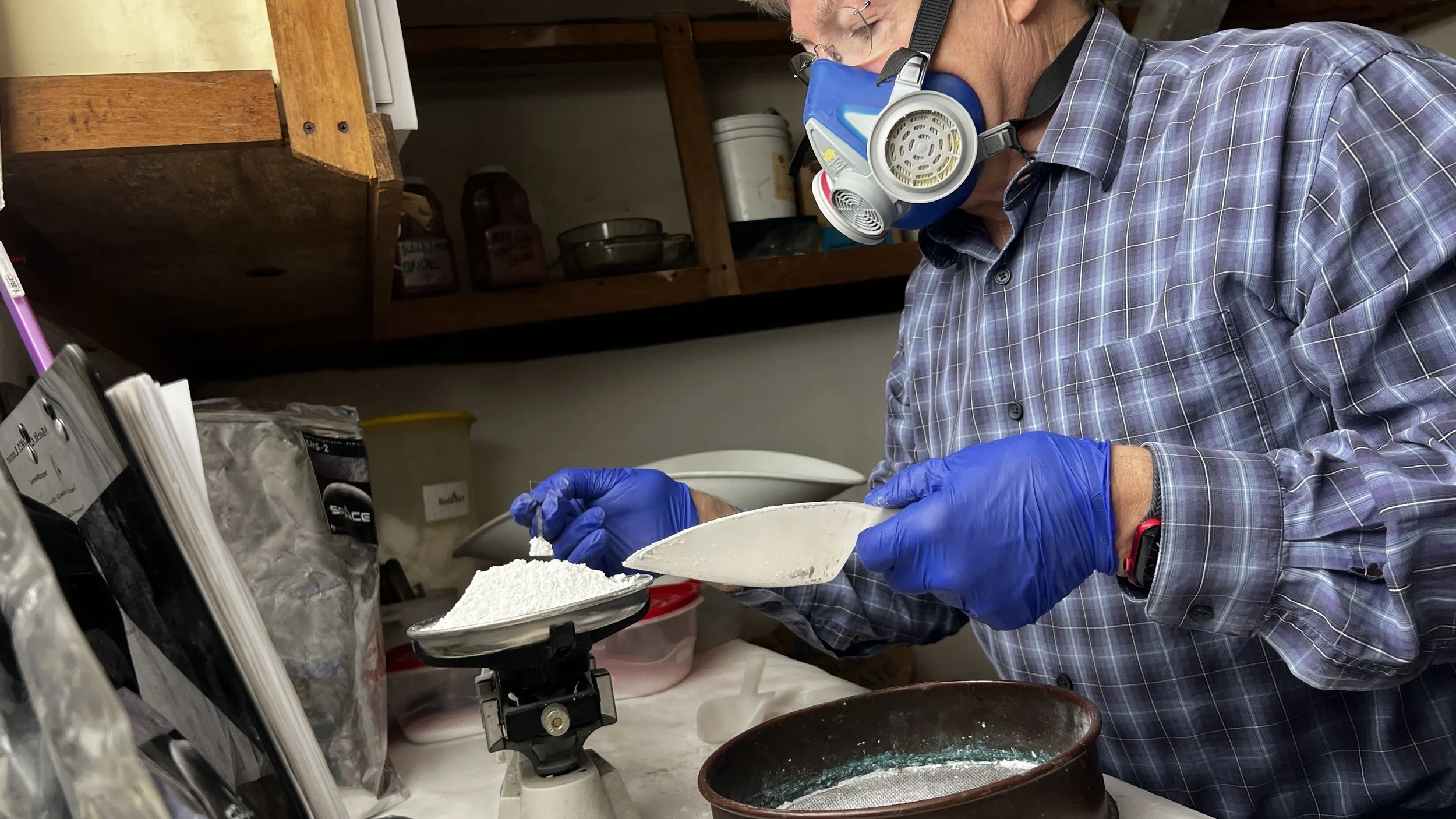

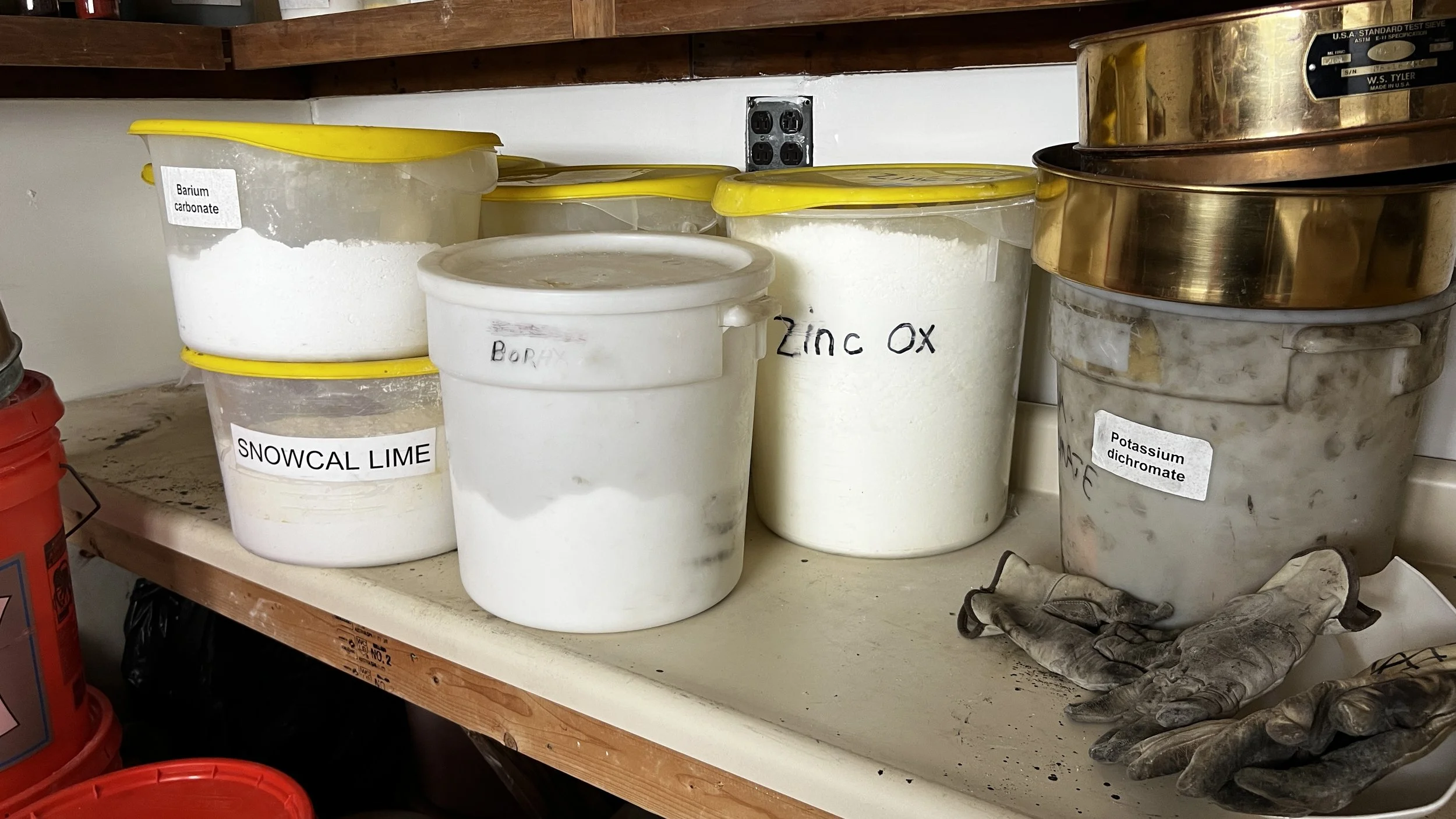
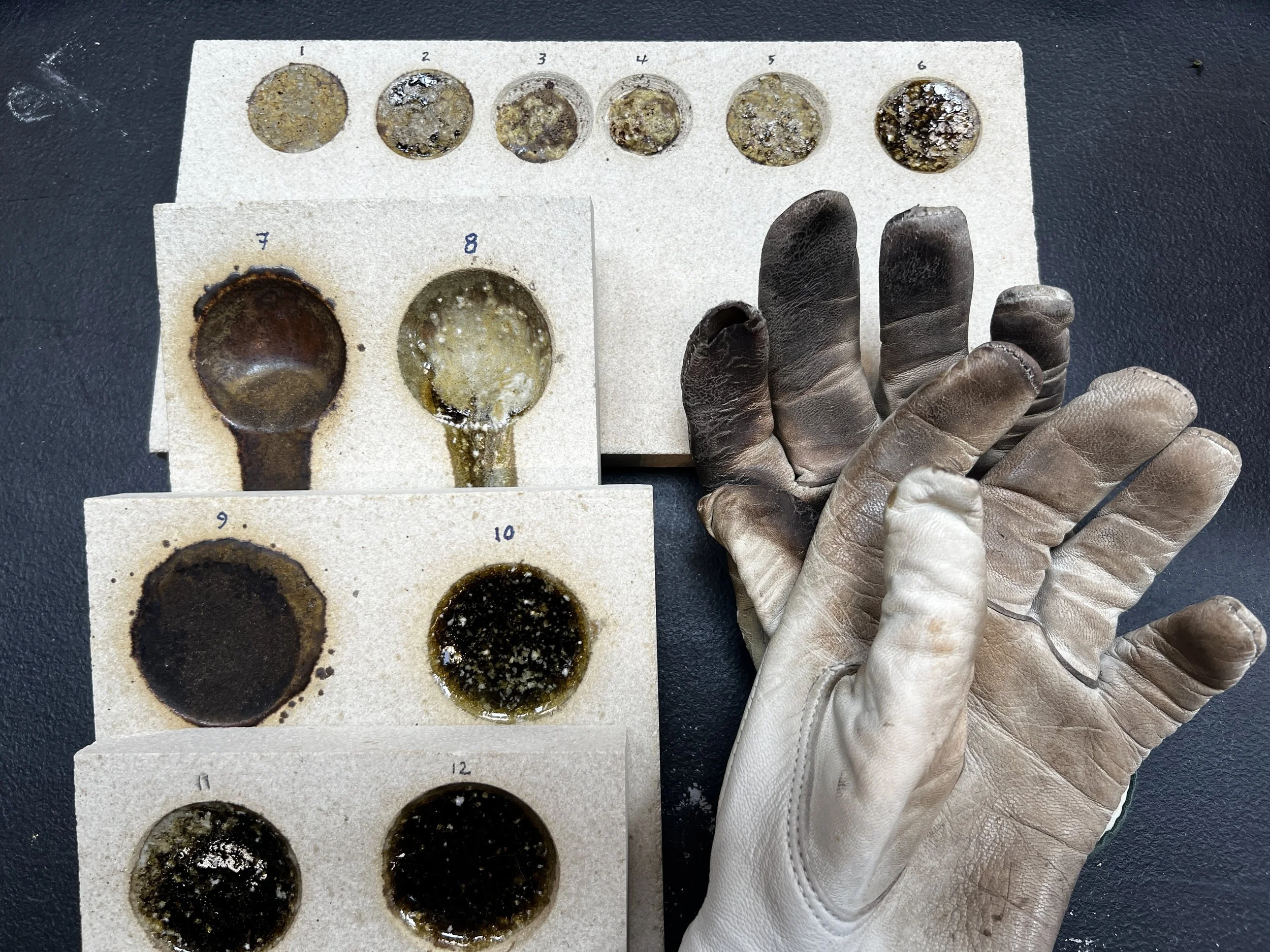
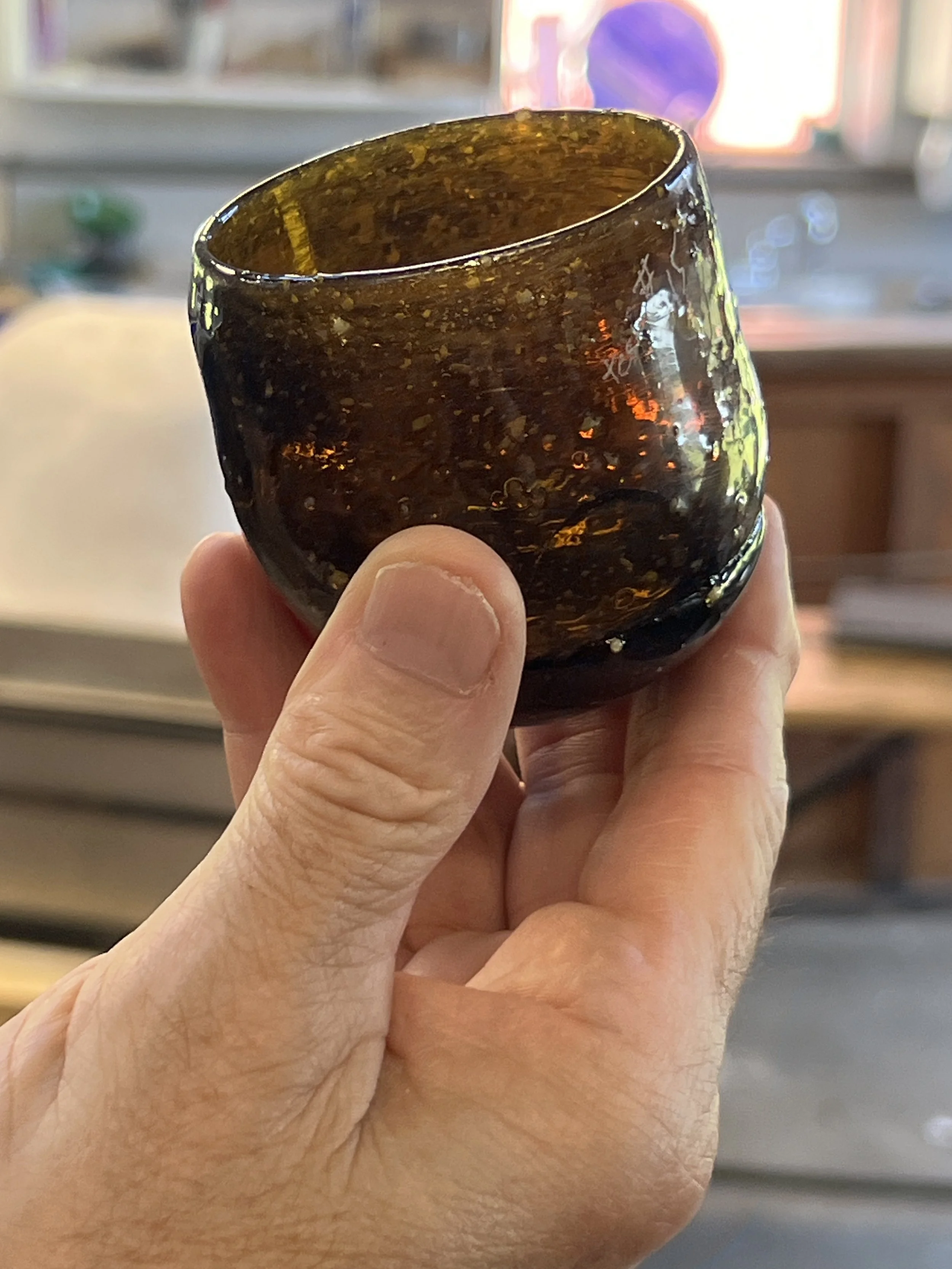
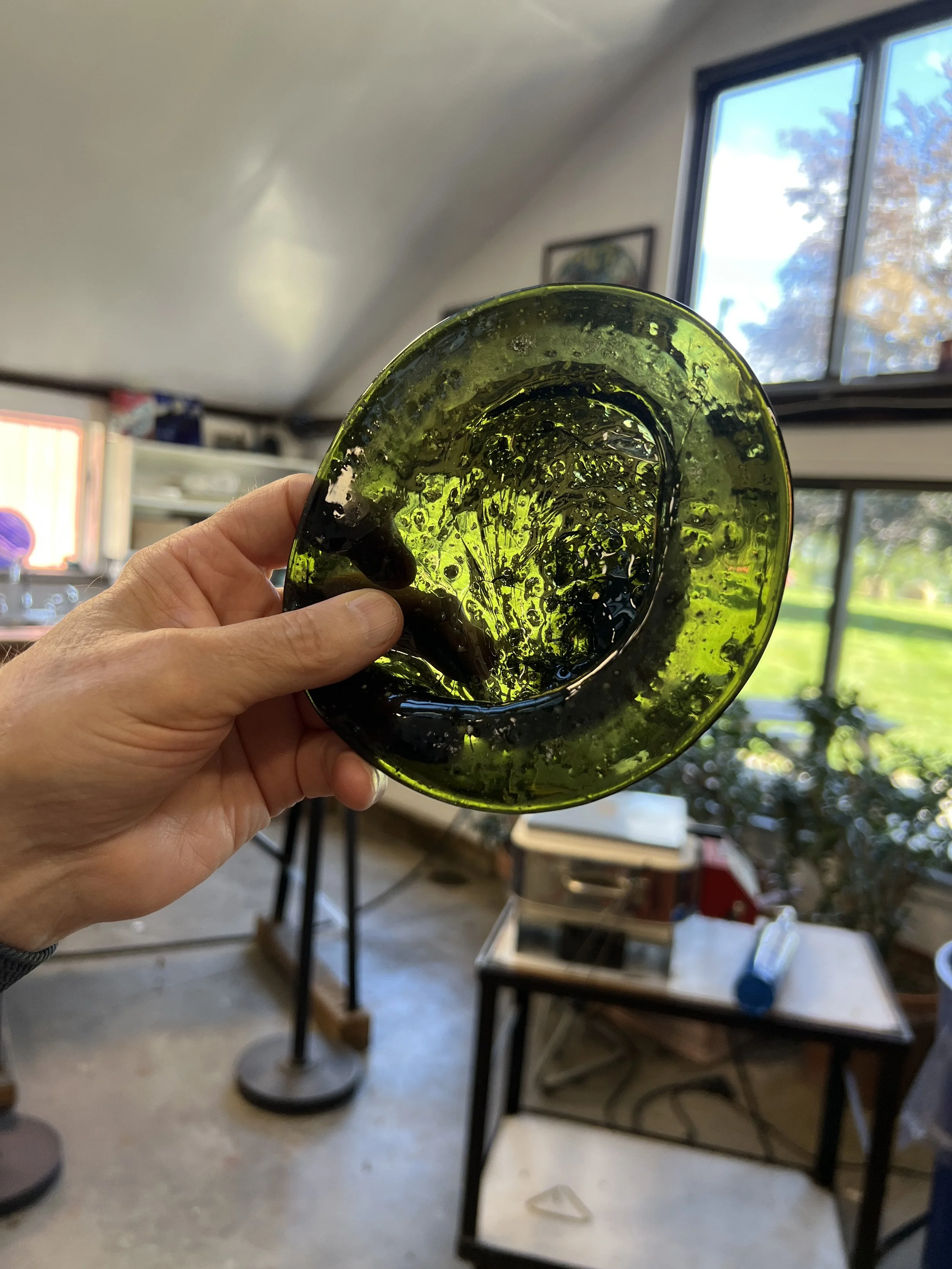
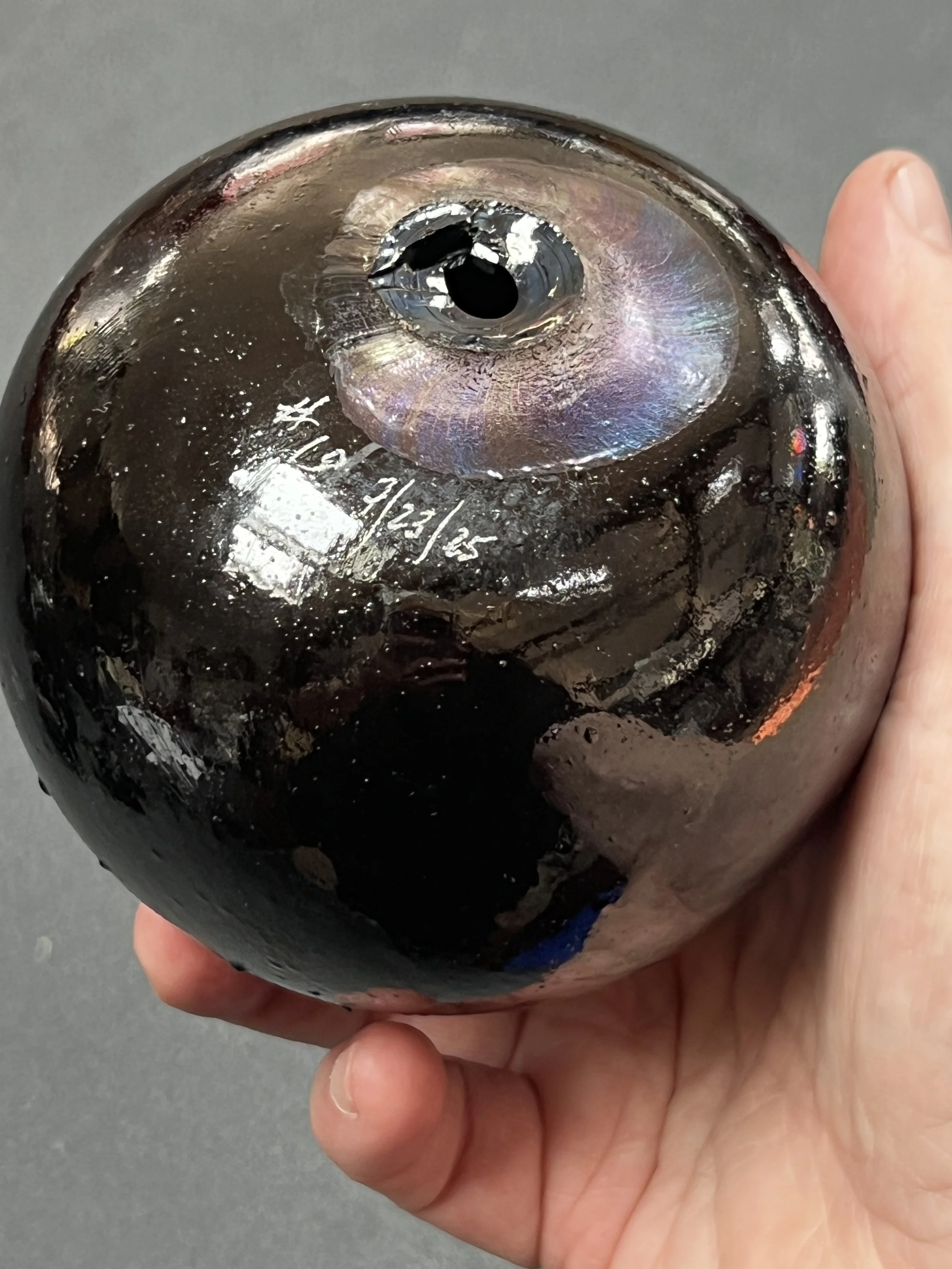

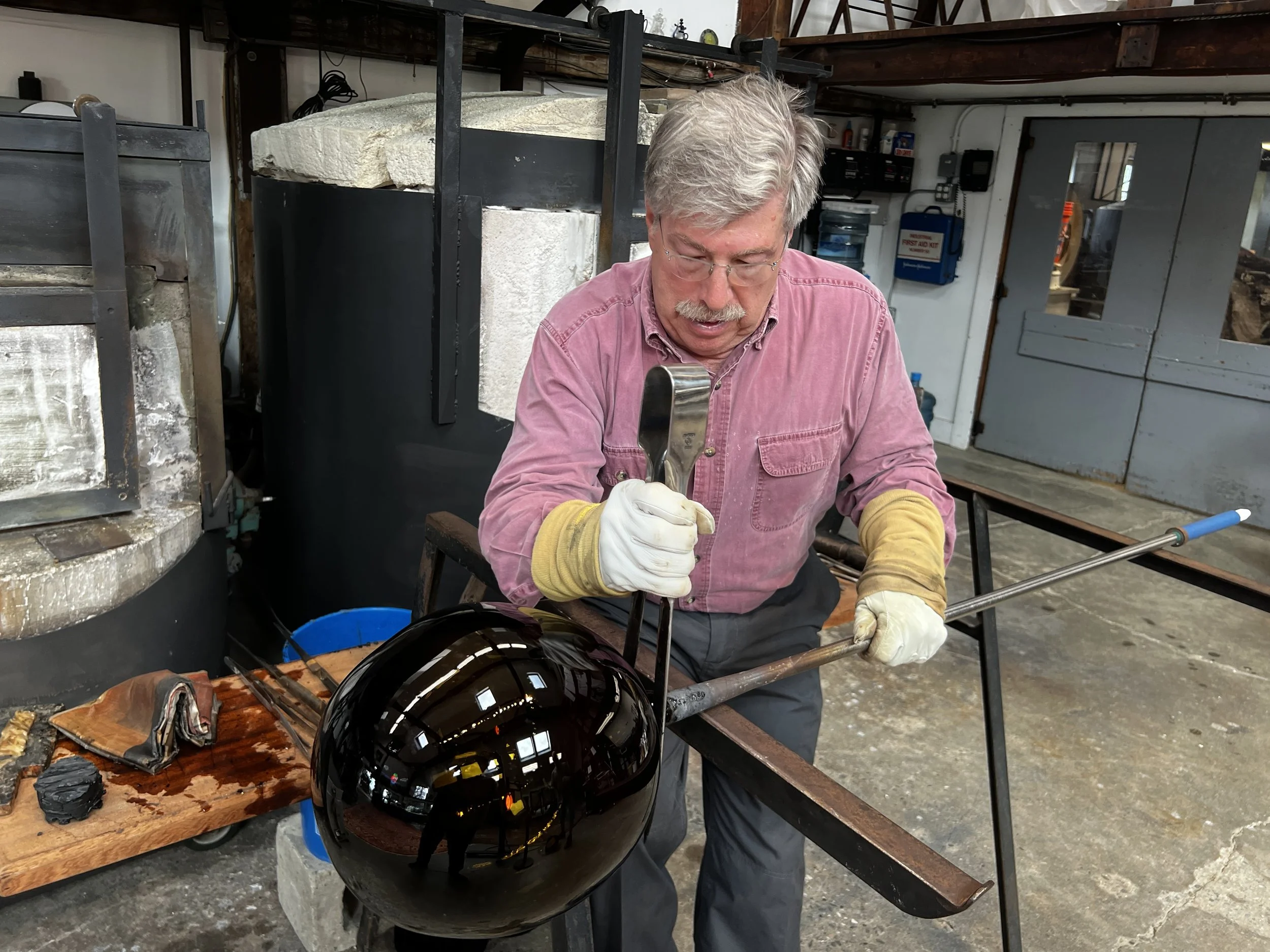

Press inquiries, please contact: Kathleen Rogers of KLR Communications: 207.460.9806 or kat@klrcomm.com

